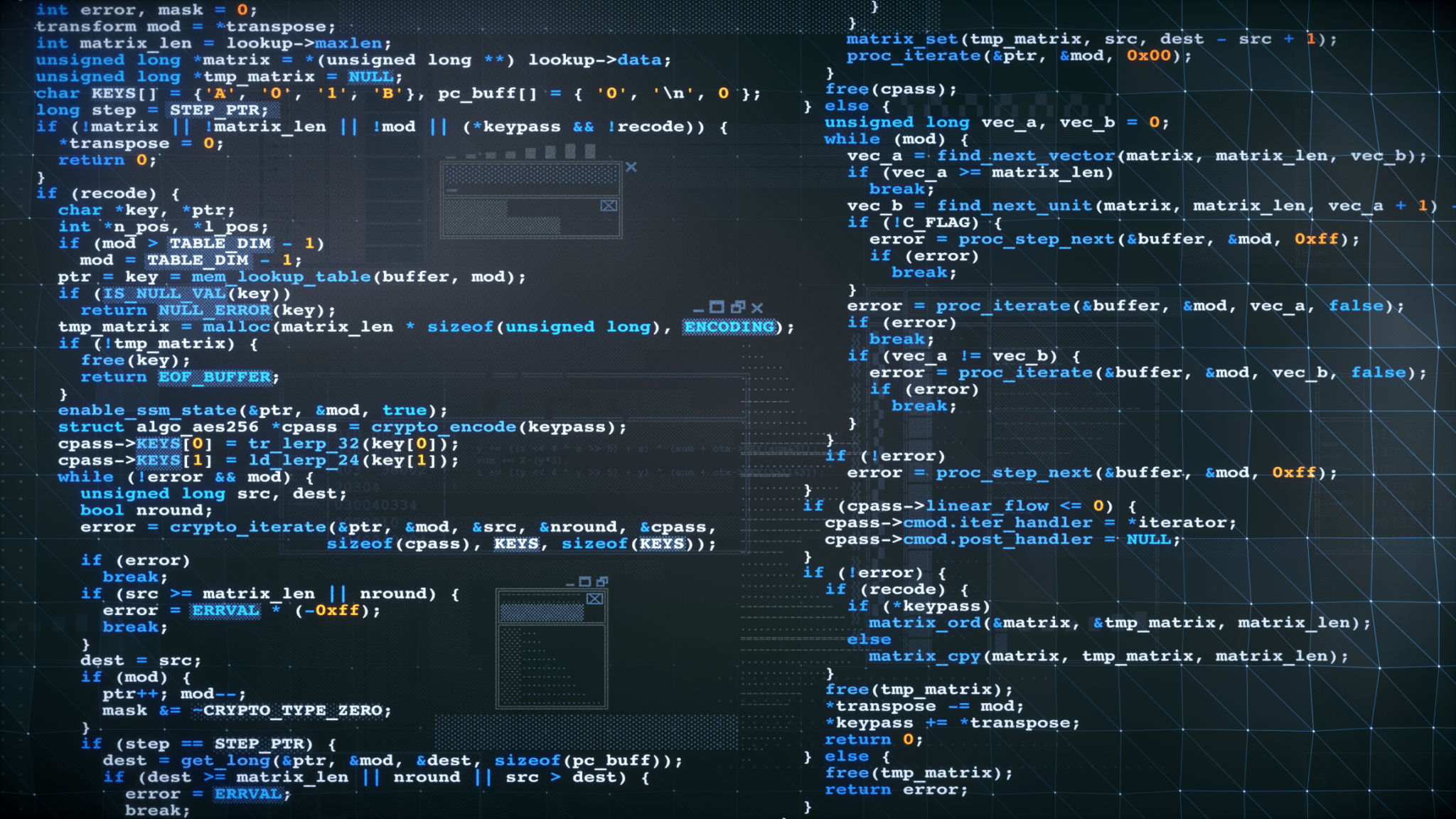AI Fine-Tuning Best Practices: Expert Insights and Tips
Understanding the Basics of AI Fine-Tuning
Fine-tuning an AI model involves adjusting the parameters of a pre-trained model to better suit specific tasks or datasets. This process is essential because it allows the model to leverage existing knowledge while adapting to new information. The primary goal of fine-tuning is to enhance performance without the need for extensive computational resources or time.
Before diving into fine-tuning, it’s crucial to ensure that the chosen model is appropriate for your specific task. While pre-trained models provide a sturdy foundation, selecting one closely aligned with your goals will maximize efficiency and accuracy.

Tips for Effective Data Preparation
Data preparation is a critical step in fine-tuning AI models. Begin by curating a high-quality dataset that accurately reflects the task at hand. This dataset should be well-organized and cleaned to remove any inconsistencies or errors that could skew results.
Consider augmenting your dataset to introduce variability and improve model robustness. Techniques such as data rotation, scaling, and noise addition can help in creating a more diverse dataset, allowing the model to generalize better.
Balancing Dataset Size and Quality
While having a large dataset can be beneficial, the quality of the data should never be compromised. Striking a balance between dataset size and quality ensures that the model learns efficiently without being overwhelmed by irrelevant information. Prioritize high-quality, relevant data over sheer volume.

Optimizing Hyperparameters
Hyperparameters play a crucial role in fine-tuning AI models. These are the settings that influence the training process and ultimately determine the model's performance. Common hyperparameters include learning rate, batch size, and dropout rate.
Experimenting with different hyperparameters can significantly impact the outcome of the fine-tuning process. Utilize techniques like grid search or random search to identify optimal hyperparameter values that yield the best model performance.
Monitoring and Evaluation
Continuous monitoring during the fine-tuning phase is essential. By keeping track of metrics such as accuracy, loss, and validation scores, you can make informed decisions about when to stop training or adjust parameters. Regular evaluation helps in identifying overfitting or underfitting issues early on.

Leveraging Transfer Learning
Transfer learning is a powerful strategy in AI fine-tuning, allowing models to transfer knowledge from one domain to another. This approach is particularly useful when dealing with limited data, as it can significantly reduce the amount of labeled data required for effective training.
By using pre-trained models as a starting point, transfer learning allows for faster convergence and improved performance. It’s an effective way to harness existing models' capabilities while tailoring them to new applications.
Continuous Improvement and Iteration
Fine-tuning is not a one-time process but an ongoing journey of improvement. Regularly re-evaluating model performance and updating datasets ensures that your AI model remains relevant and effective. Iterative testing and refinement are key components of maintaining a competitive edge in AI implementations.
